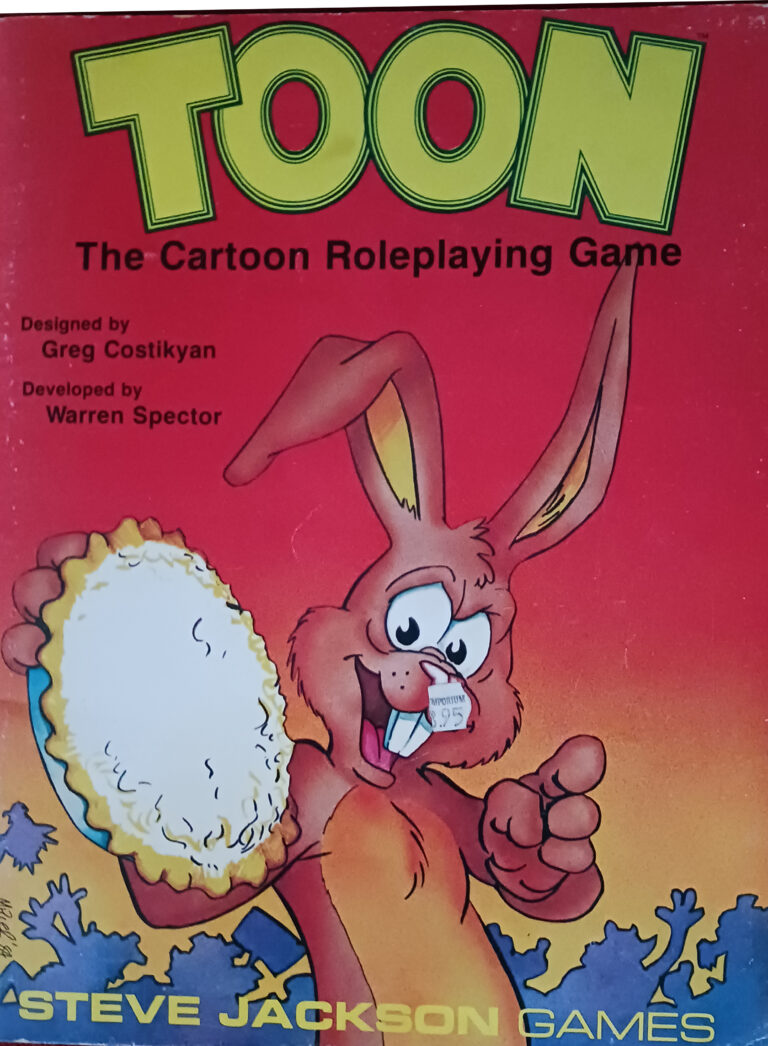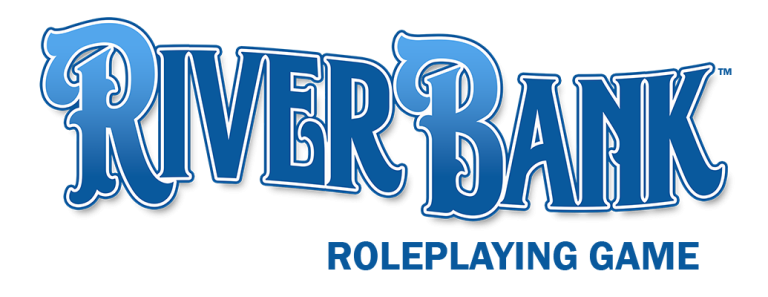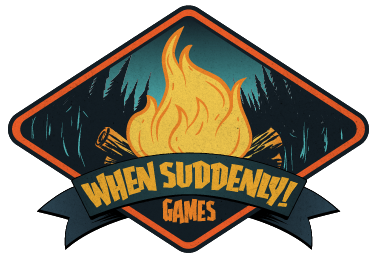By Jason Campbell
Today we’re talking about designing books for RPG creators who self-publish. In the way of full disclosure, I studied visual design and have been working in the field, mostly in typographic design, for more than 30 years. However what follows are only opinions and often used guidelines, but there are exceptions to every guideline.
Leading
Leading refers to the vertical space from one baseline (the imaginary line the letters sit on) to the next. It covers the height of the letters as well as the “white space”, if any, between the bottom of one line of letters and the top of the next line. A historical note: the name comes from typesetting for printing presses, where strips of lead were put between each line of type.
One important guideline is that the white space between lines of text should be at least as large as the width of the space character in your text. That’s so that each word is first associated with the words on the same line, rather than your eye associating a word on one line with the word below it, because it’s closer to the next line than the following word.
Justification
Justification refers to the alignment of text in a column of text. In justified text (also referred to as “full justified” or “double justified”) the letters along the left side of a column of text align and so do the letters along the right side. In many cases designers choose this style because it looks neat when you look at the page.
The common alternative to justified text is left aligned (sometimes referred to as “ragged right” or “left justified”), where the letters along the left side of text align, but the right side does not, it is left as it would normally fall.
The disadvantage to justified text is that you need to do something additional in order to get the text to light up on the right side. This often means adding extra space, either between words, or sometimes by adding a little space between each letter. This can be lessened by allowing hyphenation, so that words are broken if needed at the right edge, requiring less additional space.
The disadvantage to left aligned text is the ragged edge on the right.
The choice is ultimately up to the designer and are often dependent on column and page width. Often left aligned is a better choice for readability. Although you might think that the full justified column is cleaner, but the extra space can be distracting. Readers are usually less distracted by ragged right column edges.
What do you think? Do you have advice about layout? Let us know!




